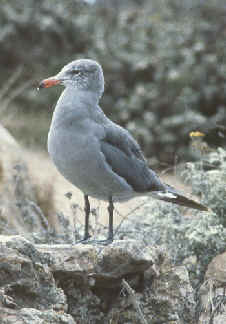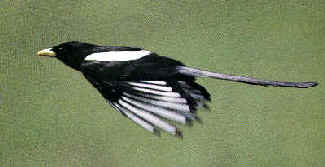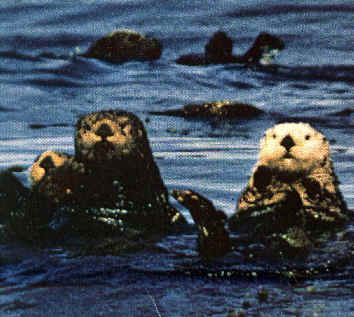 California
Birds
California
Birds during FONT West Coast USA
Birding & Nature Tours
in central California
1991 thru 2005
(during
the month of September)
List compiled by Armas Hill
There have been such 12 FONT West Coast Tours
in California,
during which 263 species of birds have cumulatively been seen.
Pelagic species during sea-trips from
Monterey, California
are indicated with an (mp).
Codes:
(USe): endemic to the United States
(USqe): quasi (or nearly) endemic to the USA
(USneb): near-endemic breeder in the USA
(NAi): species introduced into North America
(CAe): endemic to California
(CAqe): quasi (or nearly) endemic to California
(NAr): rare in North America
(wNAr): rare in western North America
(t): a globally
threatened or rare species, designated by Birdlife International
(t1): critical (t2):
endangered (t3): vulnerable
(nt): a near-threatened
species globally
Bird whose names are capitalized in the list are uncommon or rare in
California.
(in PGna): in
Photo Gallery of North American Birds
In Photo Gallery of Japanese Birds 1 (JPG-1)
In
Photo Gallery of Japanese Birds 2 (JPG-2)
Upcoming
FONT West Coast Birding & Nature Tours in California
A
List of Mammals follows the Bird-List.

The Yellow-billed Magpie
is a bird endemic to California.
Bird-List:
- Red-throated Loon ______ (In
Eurasia called
Red-throated Diver)
Gavia stellata (monotypic)
- Pacific Loon ______ (In
Eurasia called
Pacific Diver)
Gavia pacifica (monotypic)
 West
Coast USA Tours
West
Coast USA Tours